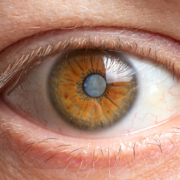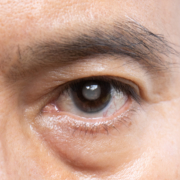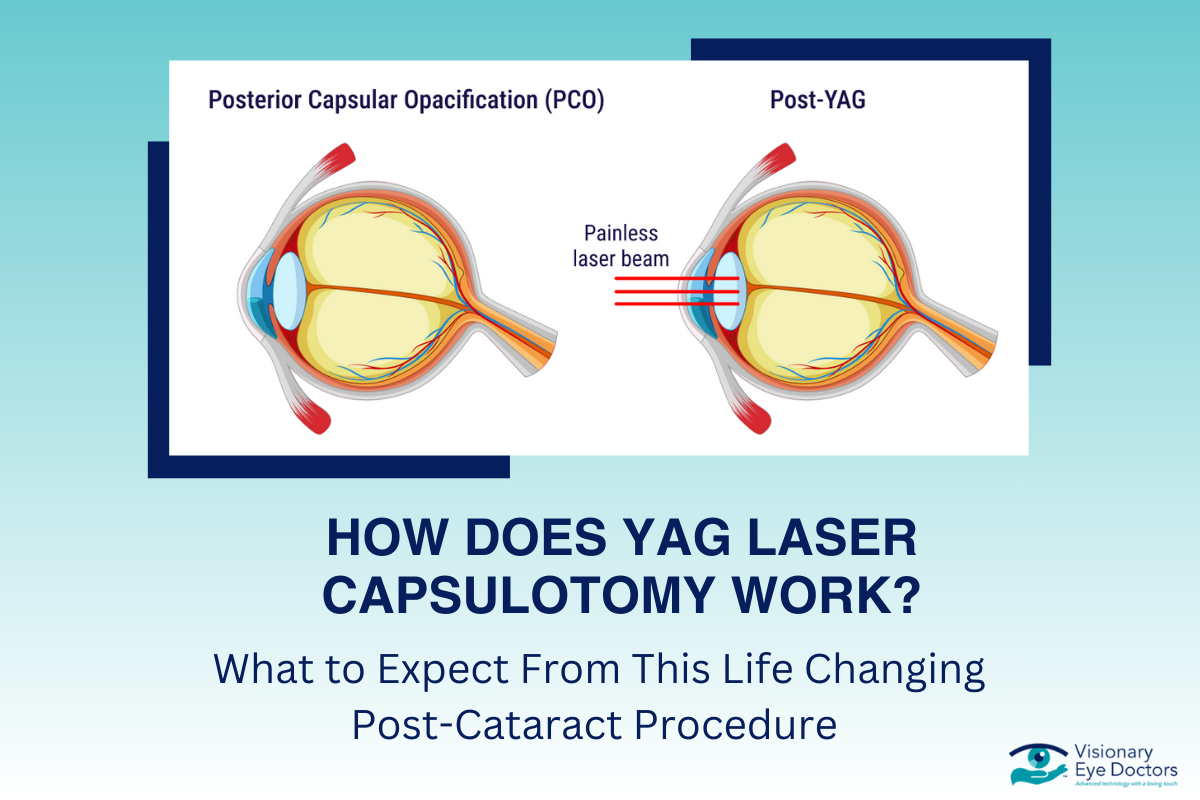Can Cataracts Increase the Pressure in Your Eye? Understanding the Connection
Cataracts, by themselves, do not directly increase the pressure in your eye. However, they can indirectly contribute to conditions that raise intraocular pressure, such as glaucoma, especially in certain cases. As cataracts develop and thicken, they can narrow the drainage angle in the eye, restricting the flow of fluid and causing a rise in eye pressure. This is a serious issue that can lead to vision loss if not properly treated.
For individuals with blurry vision or other vision problems, it’s important to get a thorough eye exam to rule out complications related to cataracts and glaucoma. Early detection of increased eye pressure can help prevent long-term damage to the optic nerve and preserve your vision. In the following sections, we’ll explore how cataracts can impact eye pressure, the connection between cataracts and glaucoma, and the treatment options available to manage these issues.
How Cataracts Affect Eye Health
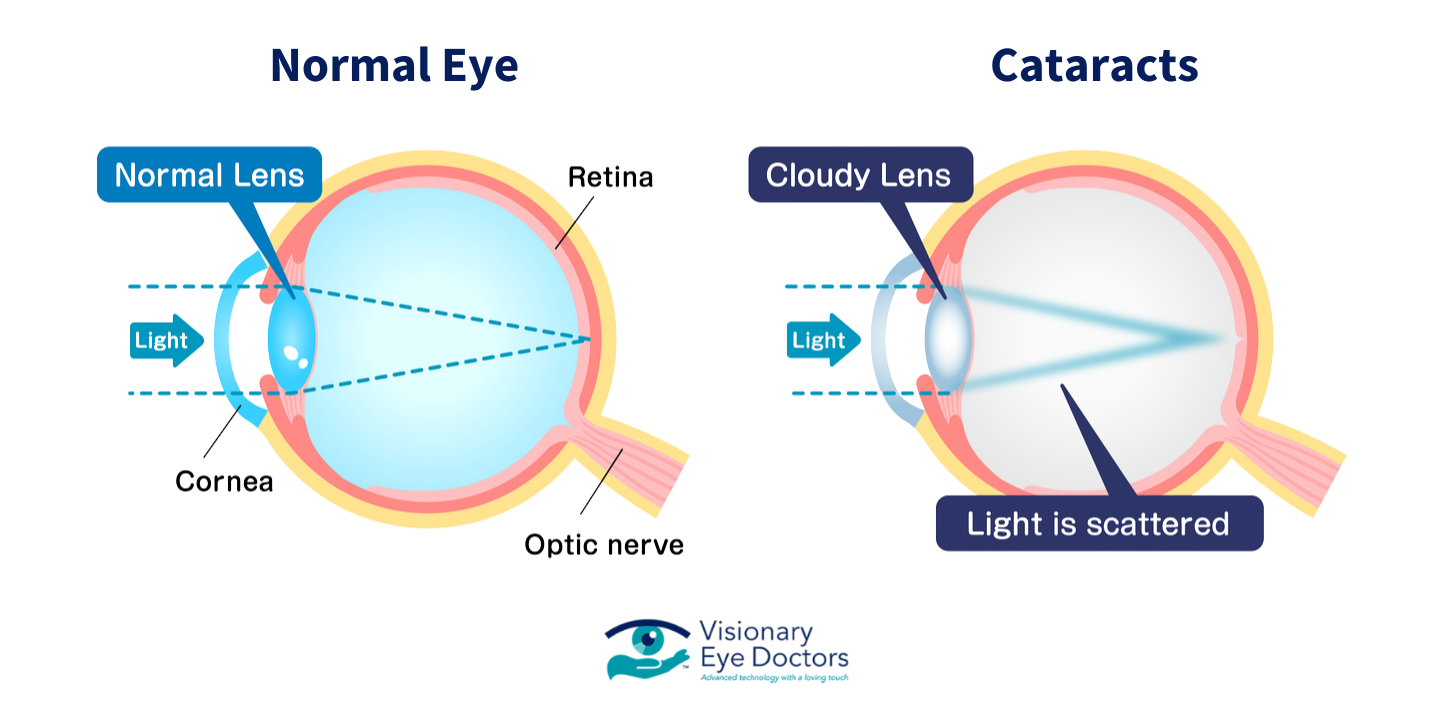
Cataracts develop when the natural lens of the eye becomes cloudy, leading to blurry vision, difficulty seeing in bright light, and challenges with daily activities like reading or driving. As cataracts progress, they harden and thicken, which can impact more than just your ability to see clearly—it can also affect the overall health of your eyes.
One of the potential effects of cataracts is their impact on the eye’s fluid drainage system. The eye contains fluid that needs to drain through a network of tiny channels to maintain healthy intraocular pressure. As cataracts grow, they can push against the anterior chamber, narrowing the drainage angle and restricting the flow of fluid out of the eye. This blockage can lead to increased eye pressure, which is a major risk factor for glaucoma.
In particular, older adults or those with pre-existing eye conditions are at a higher risk for complications like narrow-angle glaucoma, which can occur when cataracts obstruct the fluid drainage system. If not treated, elevated eye pressure can damage the optic nerve, leading to permanent vision loss. This is why regular eye exams are crucial for people with cataracts, as they allow your eye doctor to monitor both your vision and eye pressure.
Understanding how cataracts can indirectly contribute to increased intraocular pressure is essential to protect your overall eye health. In the next section, we’ll dive deeper into how cataracts can lead to higher eye pressure and the possible risks involved.
Cataracts and Increased Eye Pressure
While cataracts themselves don’t directly cause an increase in eye pressure, they can indirectly contribute to it, particularly in certain types of glaucoma. One common scenario is narrow-angle glaucoma, where the cataract thickens and shifts the position of the lens. This can narrow or block the angle between the iris and the cornea, where fluid normally drains from the eye. When this drainage angle becomes too narrow, it restricts fluid outflow, leading to a dangerous buildup of fluid in the eye, known as intraocular pressure.
If this increased eye pressure isn’t addressed, it can lead to optic nerve damage and potentially permanent vision loss. This condition is more likely to occur in older adults or individuals already at risk for glaucoma. In extreme cases, an acute form called angle-closure glaucoma can occur, which is considered a medical emergency. Noticeable symptoms of this form of glaucoma may include blurred vision, intense eye pain, nausea, and seeing halos around lights. If any of these symptoms arise, immediate medical attention is needed.
In some instances, people with cataracts may also experience ocular hypertension, a condition where the eye pressure is higher than normal but without the immediate damage to the optic nerve seen in glaucoma. This still increases the risk for future glaucoma development and requires careful monitoring.
Regular eye exams are vital to keep track of both cataract progression and intraocular pressure. Early detection of pressure-related issues can help prevent serious eye problems. In the next section, we will explore treatment options for cataracts and elevated eye pressure.
Treatment Options for Cataracts and Elevated Eye Pressure
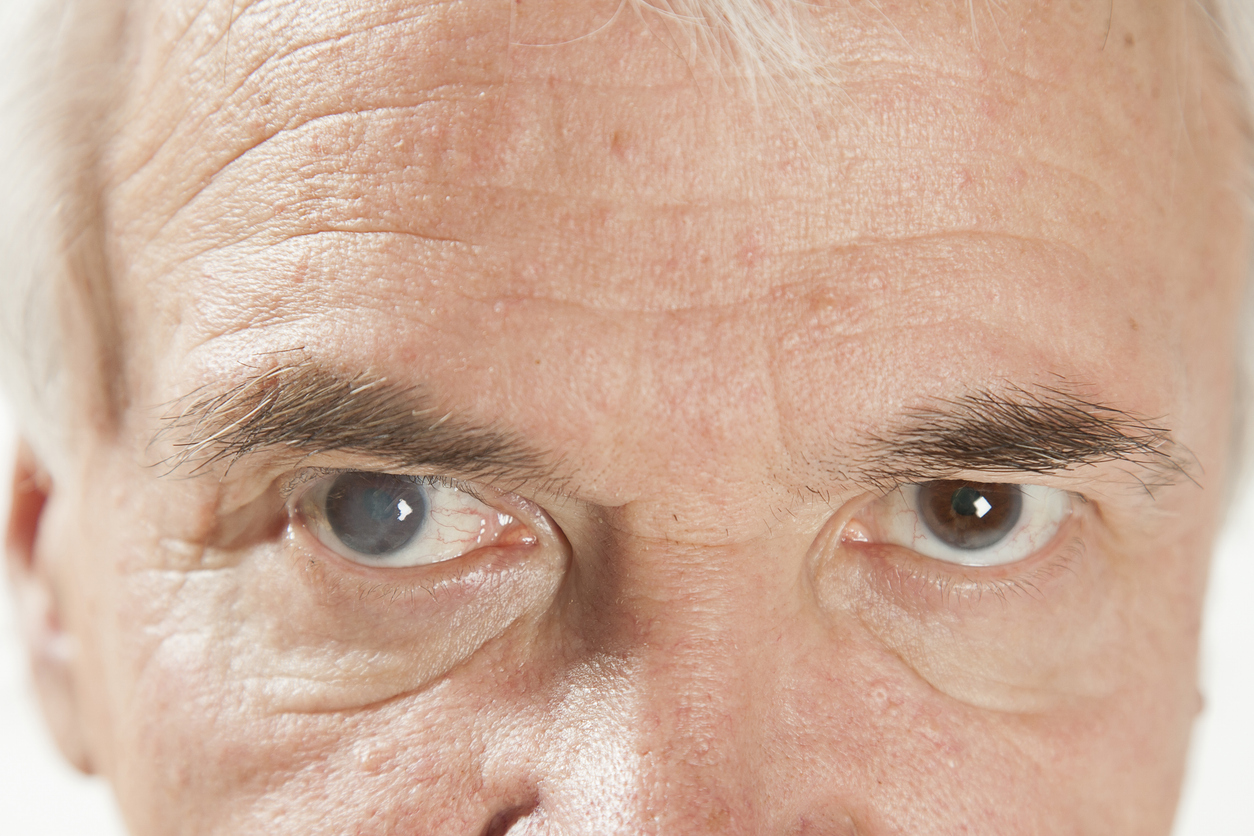
Cataract Surgery for Eye Pressure Relief
If cataracts are contributing to increased eye pressure, the most effective treatment is cataract surgery. During this procedure, the cloudy lens is removed and replaced with an intraocular lens (IOL). This surgery not only restores clear vision but also relieves the pressure caused by the cataract pressing against the anterior chamber, improving fluid drainage and lowering intraocular pressure. Many patients notice significant improvements in both vision and eye comfort after cataract surgery.
Managing Glaucoma Alongside Cataracts
For patients dealing with both cataracts and glaucoma, additional treatments may be needed to control intraocular pressure. Depending on the severity of the glaucoma, the doctor may also recommend combining cataract surgery with other procedures like laser treatment or Minimally Invasive Glaucoma Surgery (MIGS) to help manage intraocular pressure more effectively.
Eye Drops and Other Treatments
In cases where intraocular pressure remains elevated after surgery or as part of glaucoma management, your eye doctor may prescribe eye drops to reduce pressure. These artificial tears help to either decrease the production of fluid or improve its outflow, keeping your eye pressure at a safe level. Regular use of eye drops is often part of a long-term treatment plan for those with glaucoma.
The Importance of Regular Eye Exams
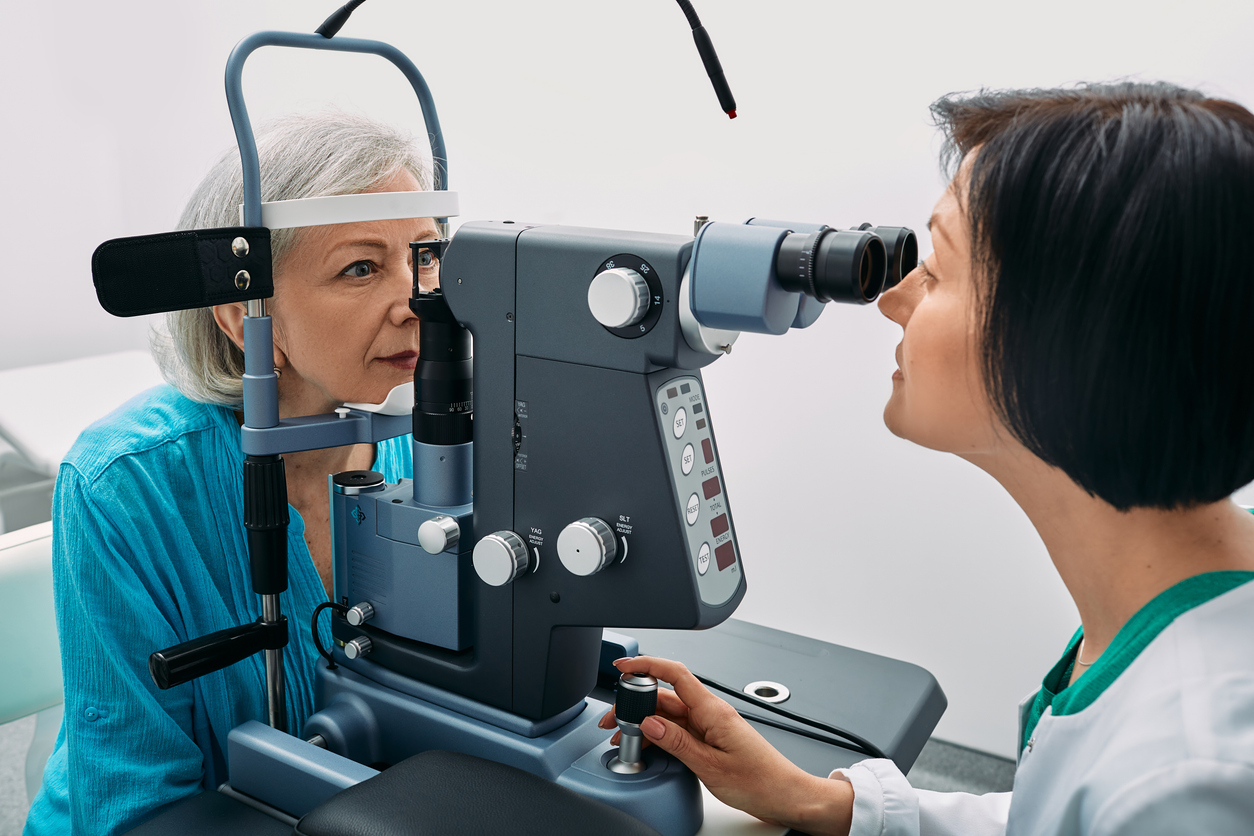
Regular eye exams are crucial for monitoring both cataracts and intraocular pressure. By catching changes in eye pressure early, your doctor can recommend the appropriate treatment to prevent complications like optic nerve damage and vision loss. Monitoring your eye health is the best way to protect your vision, particularly if you’re at risk for both cataracts and glaucoma.
In the next section, we’ll discuss why Visionary Eye Doctors is the right choice for your cataract surgery and glaucoma management needs.
Why Visionary Eye Doctors Is Your Trusted Choice for Cataract and Eye Pressure Care
At Visionary Eye Doctors, we specialize in treating cataracts and managing related issues like increased eye pressure and glaucoma. Our experienced team of cataract surgeons provides comprehensive care, ensuring that both your cataracts and any intraocular pressure concerns are addressed with the highest level of expertise.
Expertise in Cataract and Glaucoma Treatment
Our board-certified surgeons use the latest techniques and technologies for cataract surgery, helping to improve vision and lower eye pressure where needed. For patients with both cataracts and glaucoma, we offer integrated treatment options such as laser treatments and glaucoma surgery to manage your intraocular pressure effectively.
Advanced Technology and Personalized Care
With state-of-the-art equipment and personalized care, we ensure that your treatment plan is tailored to your needs. Whether it’s cataract removal or ongoing monitoring of your eye pressure, we prioritize your vision and eye health.
If you’re concerned about vision changes from cataracts or elevated eye pressure, we’re here to help. Schedule a consultation with Visionary Eye Doctors today and take the first step toward clearer vision and better eye health.

